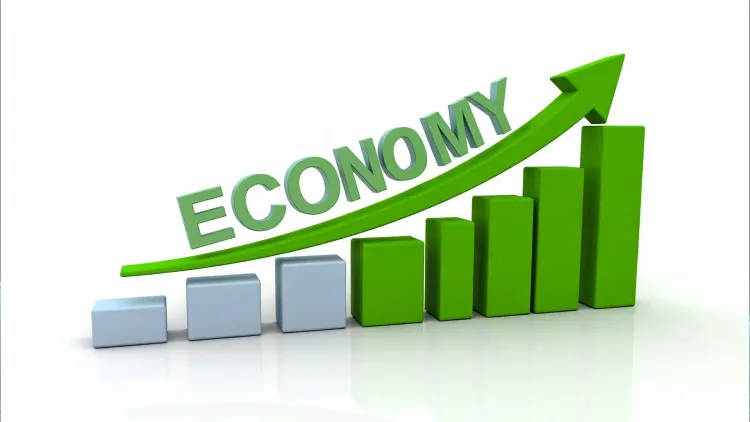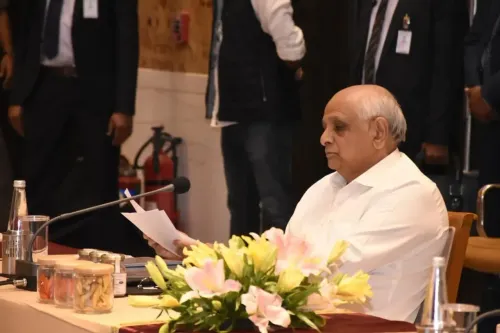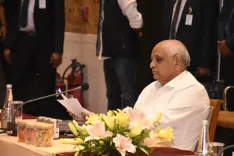Is India Positioned for Continued Growth in FY26?

Synopsis
Key Takeaways
- Stable economic outlook for India in FY26.
- Strong domestic demand and government capital spending support growth.
- Historic low retail inflation at 0.25% in October 2025.
- Corporate performance remains robust with healthy financials.
- Global uncertainties require ongoing vigilance.
New Delhi, Nov 27 (NationPress) The intersection of well-established inflation expectations, ongoing public capital investments, and robust rural and urban demand places the Indian economy in a solid position, enabling it to tackle emerging challenges while maintaining its growth trajectory through the remainder of FY26, as per the Finance Ministry's Monthly Economic Review published on Thursday.
The overall macroeconomic landscape in India remains stable, bolstered by decreasing inflation, resilient domestic consumption, and ongoing policy initiatives. The positive effects of GST rationalization are becoming increasingly apparent in consumption metrics, while vigorous agricultural activity — as evidenced by the strong start of Rabi sowing and sufficient reservoir levels — has strengthened the outlook for food supply and rural income, according to the Ministry's Review for October.
Corporate performance remains strong, characterized by sustained profitability and stable financials. Domestic financial markets continue to thrive, supported by robust institutional engagement. Meanwhile, the external sector is influenced by a complicated global landscape; however, the ongoing strength in services exports provides a crucial counterbalance to fluctuations in merchandise trade, the Review notes.
The report points out that the inflation outlook is promising, aided by decreasing global commodity prices, stable energy markets, and targeted domestic supply measures. Nevertheless, there are risks that require ongoing monitoring. Global uncertainties — including changing trade policies, geopolitical tensions, and financial market fluctuations — could pose challenges to exports, capital inflows, and investor confidence, but the economy is equipped to manage these risks, as stated in the Review.
Additionally, retail inflation has hit a historic low in the current series, falling to 0.25% in October 2025, down from 1.44% in September 2025. This decline is primarily due to the full effect of reduced GST rates, a favorable base effect, and notable decreases in food inflation.
Deflationary pressures in food prices persisted, with a significant 5.0% decrease — the largest drop in over a decade. This was largely driven by price corrections in vegetables, particularly tomatoes, onions, and potatoes, alongside a continued decline in pulse prices. Meanwhile, core inflation remained stable at 4.3%, indicating consistent demand conditions within the economy, the Review further elaborates.
Overall, inflation from April to October 2025 was recorded at 4.8%, demonstrating a steady easing of price pressures throughout the year. The Monetary Policy Committee (MPC), acknowledging the significant reduction in headline inflation, has adjusted its inflation forecast for 2025-2026 to 2.6%. This reflects a confident outlook that inflation will remain well-managed, contingent upon normal weather patterns and the absence of supply-side disruptions, the report concludes.









